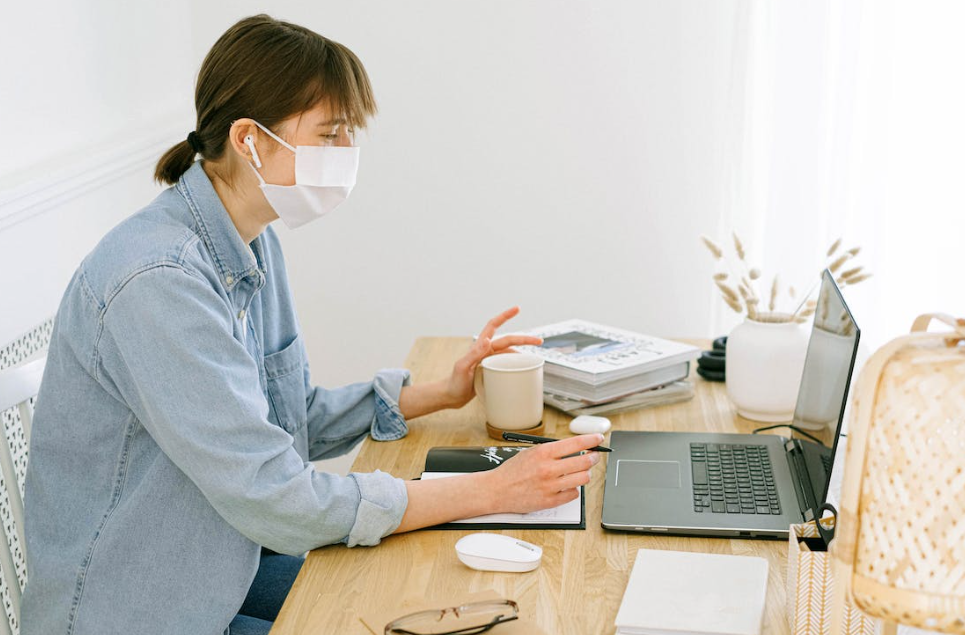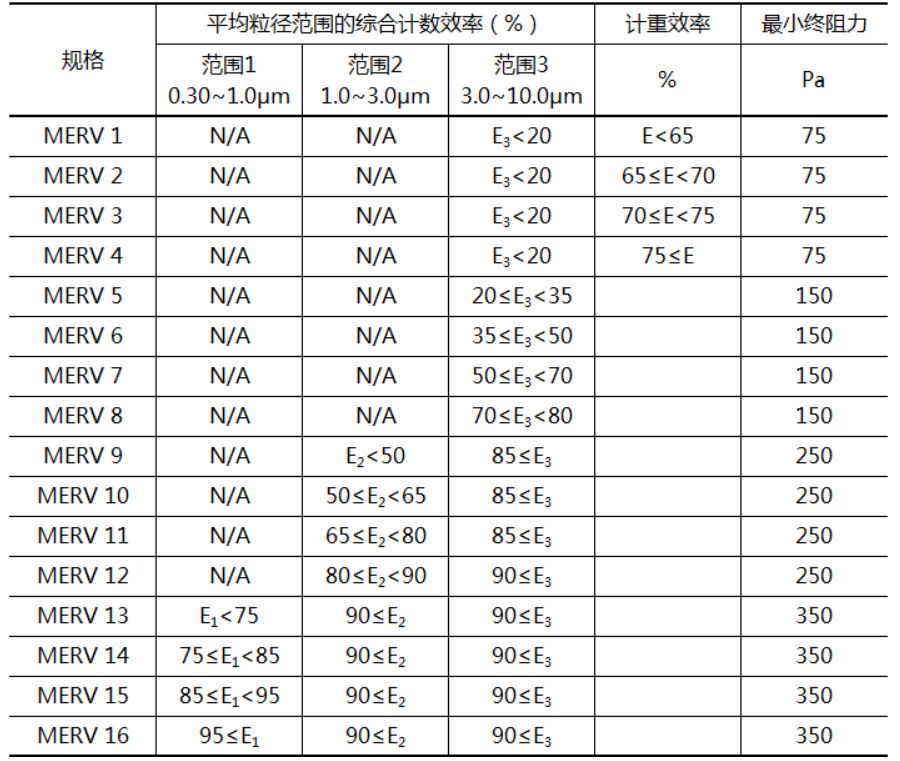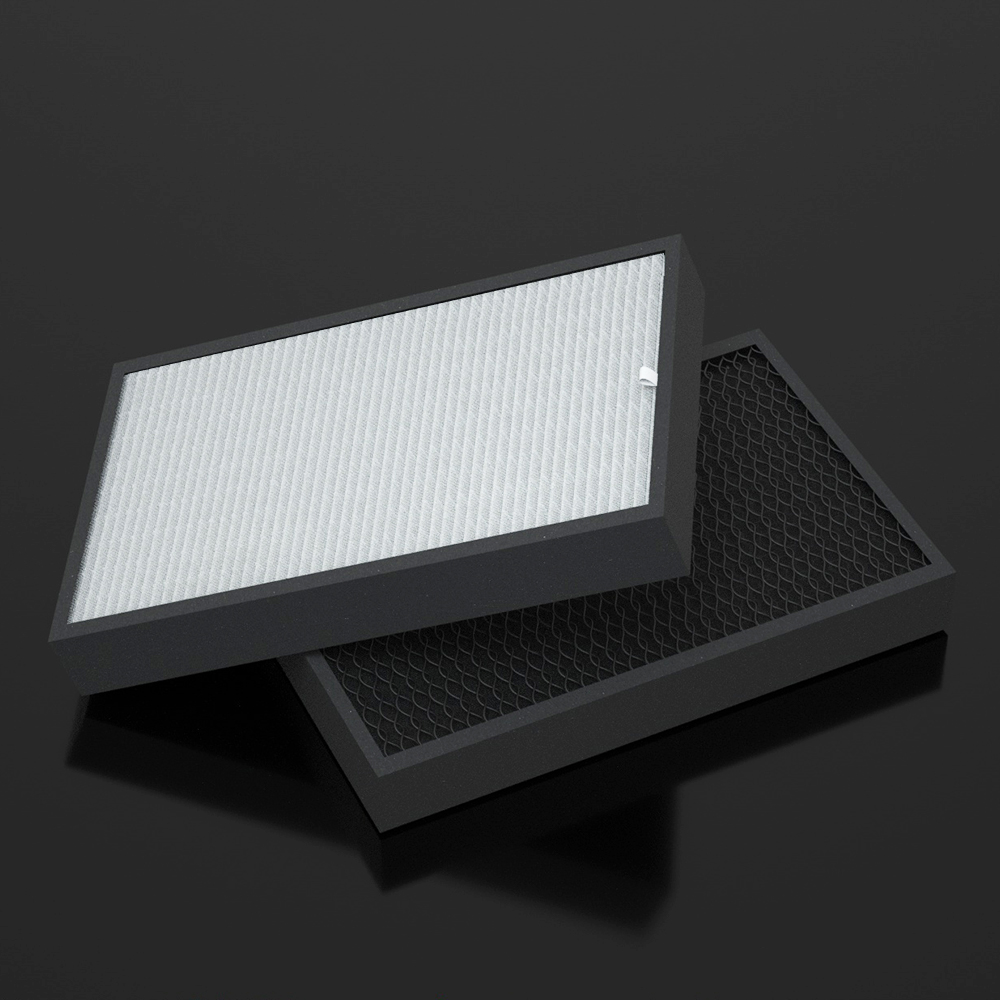Coronaviruses can be transmitted in the form of droplets, a small number of them can be transmitted by contact*13, and they may also be transmitted by fecal-oral*14, and it is currently considered to be transmitted by aerosols.
Droplet transmission is essentially a short-distance transmission with a range of only a few meters, while aerosols can travel farther.
For example, a sneeze contains about 40,000 droplets, of which the large droplets are > 60 microns, and the small droplets are 10-60 microns. Since the ambient humidity does not reach 100% RH, the droplets will start to evaporate immediately. After time, the droplets will become droplet nuclei*1 of 0.5-12 microns.
In addition to coughing, a cough will produce about 3000 droplet nuclei, which is equivalent to the droplet nuclei produced by a normal person talking for 5 minutes*2 The initial velocity of the droplets released by sneezing is very high, about 100m/s, so it can spread to several meters The droplets produced by normal breathing can also be inhaled by people 1 meter away*4.
The essence of aerosol is the general term for fine solid or liquid particles suspended in the air. The notorious PM2.5 is an aerosol with a diameter (actually an aerodynamic diameter) of less than 2.5 microns. After the droplets carrying a large amount of virus are released from the human body, they will undergo evaporation, shrink in size, and part of them will fall to the ground. The part suspended in the air will form an aerosol carrying the virus.

The smaller the size, the more likely the aerosol will be to travel a greater distance—because small aerosols hardly land quickly, they will travel farther with the flow of air.
For example, an aerosol carrying a virus with a diameter of 100 microns will land in 10 seconds, an aerosol of 20 microns will land in 4 minutes, and an aerosol of 10 microns will land in 17 minutes. However, aerosols of 1 micron and smaller will be suspended in the air almost “permanently”*5 (more than a few hours, or even a few days). This characteristic makes the aerosol carrying the virus possible for long-term infection.
Do Air Purifier Filters Capture Virus-Sized Aerosols?
In short: most will do, however, some will filter more efficiently and some will filter less efficiently. Some filter fast and some filter slowly. For ordinary users, you should choose one with high filtration efficiency and fast filtration speed.
Note: [High Efficiency] means that the virus has a high probability of being captured when passing through the filter element. [Fast filtering speed] means that more viruses pass through the filter element in a short period of time, and both are equally important. Most novice users often only see [high efficiency] and ignore [fast filtration speed], which will lead to: although the filter element can capture almost 100% of the virus aerosol flowing through it, the virus aerosol passing through the filter element is too little , the aerosols in the air fall too slowly, leading to new infections.
(1) Which filter elements have high efficiency?
According to the American standard ASHRAE 52.2, the filtration efficiency of the filter elements used in ventilation is classified as follows (MERV1-MERV16):
The filter grade higher than MERV16 is HEPA. The same filter element has different filtration efficiency for aerosols of different sizes. According to the figure below, we can see that the filter element has poor filtration efficiency for aerosols on the scale of 0.1 micron to 1 micron. However, MERV16 filter elements and higher grades of HEPA The filter element*11 has a good filtering effect for this range of aerosols, and the removal rate can reach 95% or even higher.
Therefore, there is no doubt that users should choose a filter element above MERV16 – HEPA filter element.
However, at present, China’s air purifier filter elements do not have to mark the filter element filtration grade. Eligible filter elements (filter elements above grade MERV16) have the following expressions:
“H13/H12/E12 filter element/filter/filter screen/filter paper”
“99.5% (or 99.95%) filtering of 0.3μm micron particles/aerosols”
(2) Which filter element has the fastest filtration speed?
In fact, this not only requires low resistance of the filter element, but also requires a large air volume of the fan. The fast filtering speed of the filter element means that the virus-containing aerosols stay in the air for a short time, and they will be captured by the filter element immediately, following the following rules:
Average time for virus-containing aerosols to remain in the air ∝ room volume/CADR
That is, the larger the CADR of the air purifier, the shorter the average time that the aerosol remains in the air.
To give a simple example, in a bedroom of 15 square meters (2.4 meters high), based on the normal room ventilation rate of 0.3 times per hour, the average time for virus-carrying aerosols to remain in the air is 3.3 hours. However, if an air purifier with CADR=120m³/h is turned on in the room, the average time for the droplet nuclei to remain in the air will be reduced to 18 minutes (provided that the doors and windows are closed).
In summary: For virus aerosols, the higher the filtration level of the filter element, the higher the CADR of the air purifier, and the better the purification effect.
Post time: Dec-23-2022





